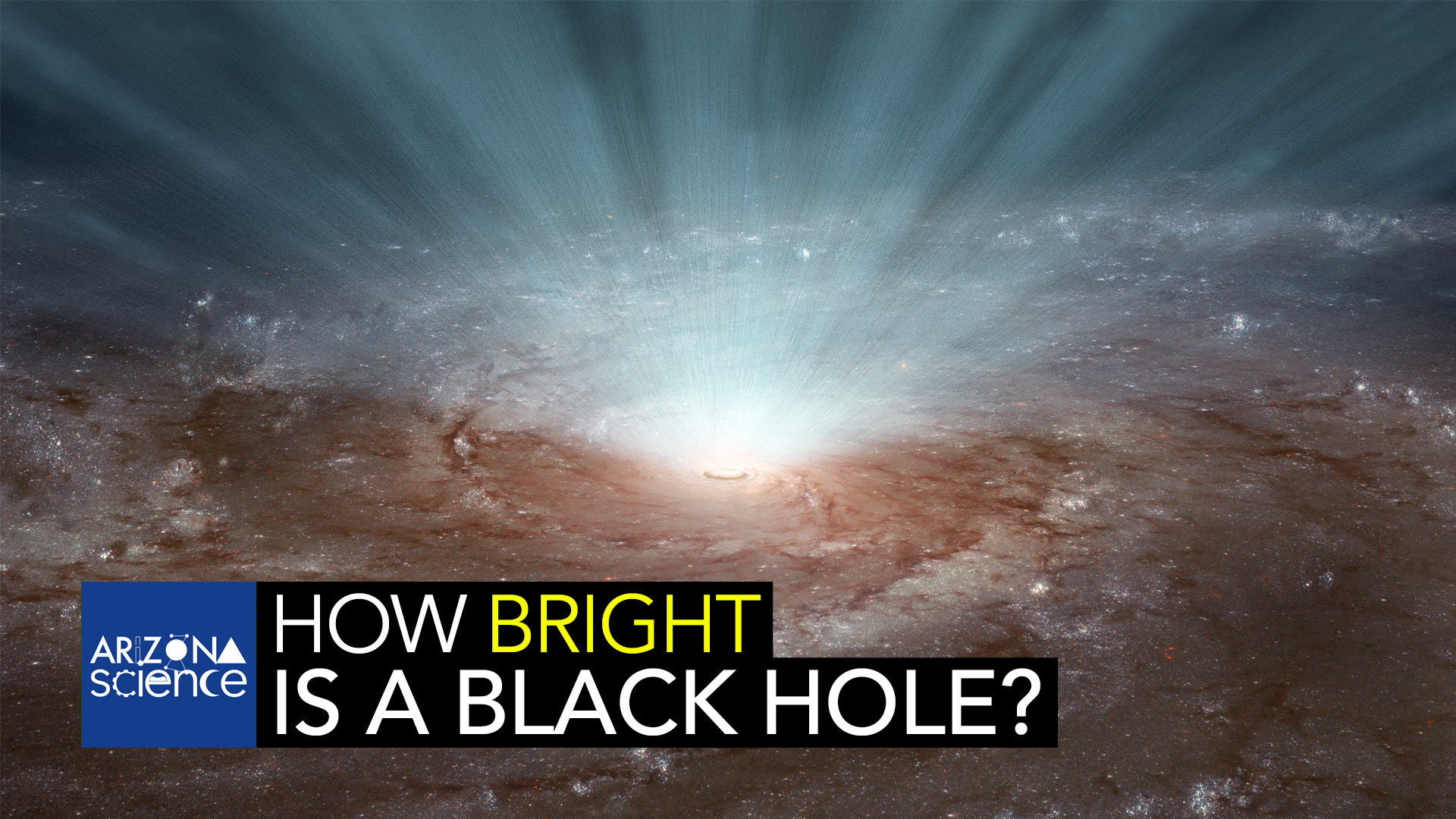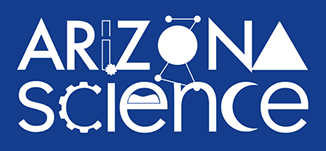 Supermassive black holes at the cores of galaxies blast radiation and ultra-fast winds outward, as illustrated in this artist's conception.
Supermassive black holes at the cores of galaxies blast radiation and ultra-fast winds outward, as illustrated in this artist's conception.
Looking for light that has been traveling for billions of years, cosmologist Xiaohui Fan and his team scan the night sky using telescopes located around the world. They recently found one of the oldest objects in the universe: a huge quasar that existed less than 1 billion years after the Big Bang (which occurred 13.7 billion years ago). Quasars are visible by the light given off as cosmic gas and dust are sucked into the black holes at their centers. This quasar, at the edge of the observable universe, has a black hole the mass of 12 billion suns and appears to have formed faster than current theories can explain. Fan and his team are continuing to search for quasars at even larger cosmic distances at even larger cosmic distances and earlier times, hoping to answer the question: when did the first super-massive black hole form in the universe?
In this episode:
Xiaohui Fan, Ph.D., Regents' Professor in Astronomy
Leslie P. Tolbert, PhD, Regents' Professor in Neuroscience at the UA


By submitting your comments, you hereby give AZPM the right to post your comments and potentially use them in any other form of media operated by this institution.